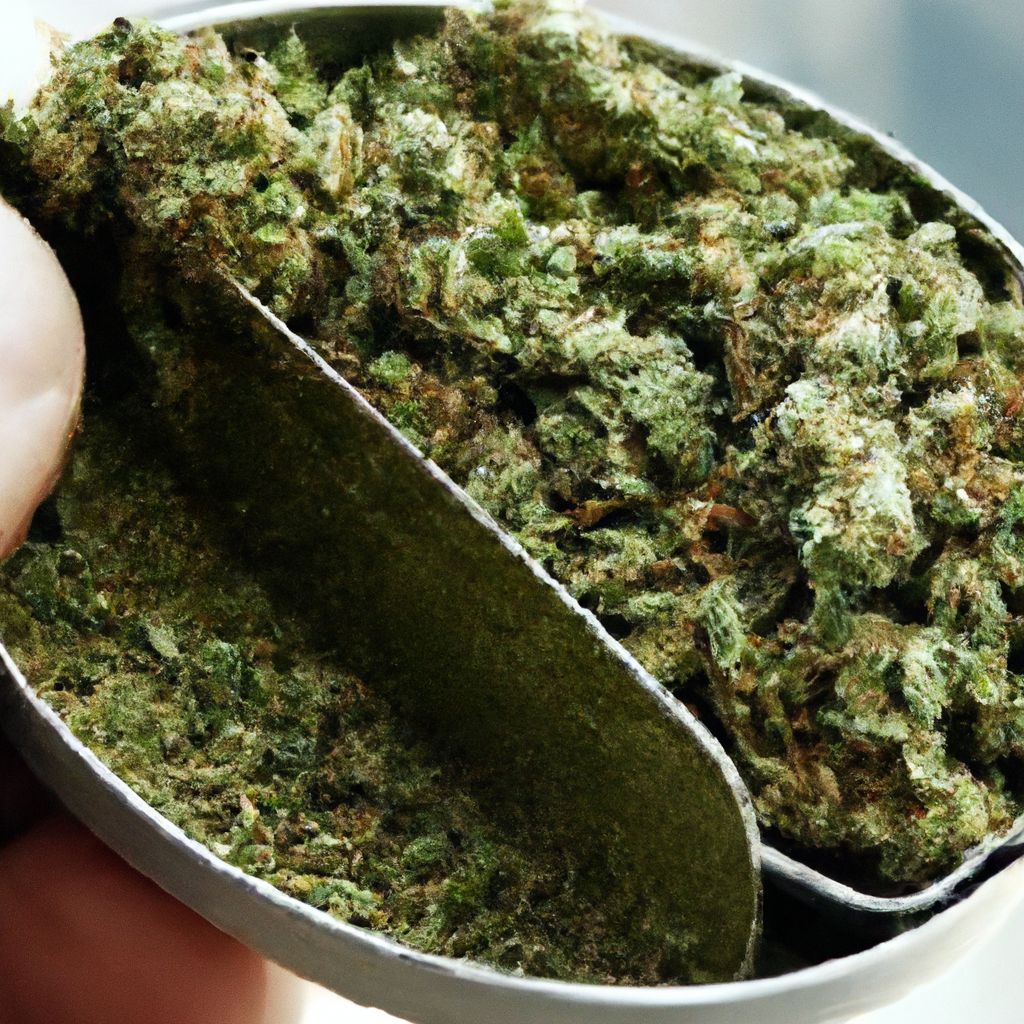Your cart is currently empty!
Decarboxylation is a crucial yet often misunderstood step in preparing cannabis for consumption. Whether you’re a seasoned cannabis enthusiast or a beginner exploring its myriad uses, understanding decarboxylation can enhance the effectiveness of cannabis for both medicinal and recreational purposes. This article delves into the process of decarboxylation, its importance, and how to efficiently implement it.
What is Decarboxylation?
Decarboxylation is a chemical reaction that removes a carboxyl group from a molecule, releasing carbon dioxide (CO2). In the context of cannabis, it activates cannabinoids like THC (tetrahydrocannabinol) and CBD (cannabidiol), transforming them from their acidic forms into their active states. This process is essential for maximizing cannabis’ therapeutic properties, making it psychoactive and effective for various health benefits.
The Importance of Decarboxylation
Raw cannabis contains THCA and CBDA, the inactive precursors to THC and CBD. These compounds do not produce the effects commonly associated with cannabis consumption. Through decarboxylation, THCA converts to THC, which is responsible for the psychoactive effects, while CBDA converts to CBD, known for therapeutic benefits like pain and anxiety relief. Proper decarboxylation ensures that you get the most out of your cannabis, whether you’re using it for its recreational or medicinal properties.
How to Decarboxylate Cannabis at Home
Decarboxylating cannabis is a straightforward process that can be done in your kitchen. Here’s a step-by-step guide:
- Prepare Your Cannabis: Break up the cannabis using your hands or a grinder. Ensure it is spread evenly for consistent heat exposure.
- Preheat Your Oven: Set your oven to approximately 240°F (115°C). This temperature gradually decarboxylates cannabis without degrading the cannabinoids.
- Bake the Cannabis: Spread the cannabis evenly on a baking sheet lined with parchment paper. Bake for about 30 to 40 minutes, stirring it a few times for even heating. The cannabis should have a light brown color when finished.
- Cool Down: Allow the cannabis to cool at room temperature before using it in edibles or extracts.
Common Questions About Decarboxylation
Does decarboxylation change the flavor of cannabis?
Yes, the process can affect the flavor. Decarboxylation intensifies the earthy taste due to the heat exposure, but careful temperature control can preserve the flavor profile of the cannabis.
Can I decarboxylate using a microwave?
While possible, microwaving cannabis can lead to uneven results and loss of potency. An oven provides a more controlled and consistent environment.
Is decarboxylation necessary for all cannabis products?
Not necessarily. Some products, like tinctures and oils, are processed with heat and pressure that already account for decarboxylation during their manufacturing.
Conclusion
Understanding and implementing decarboxylation is a vital skill for anyone interested in the full potential of cannabis. By activating the cannabinoids, you unlock the psychoactive and medicinal attributes of cannabis, enhancing its efficacy. With this simple kitchen technique, you can ensure you’re making the most out of your cannabis experiences.
Decarboxylation not only enhances potency but also opens up new avenues for consumption, from edibles to topicals, making it a fascinating process worth mastering.
Discover more from Magic Clones
Subscribe to get the latest posts sent to your email.


Leave a Reply